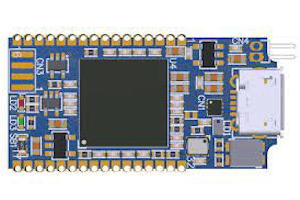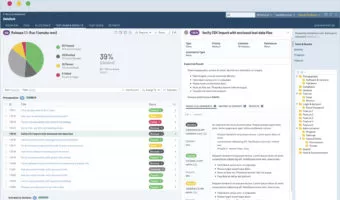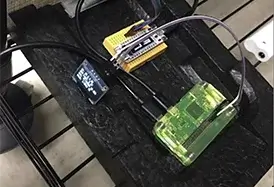
Blog Post
The Power of QA Testing Tools in Product Development
This post from our expert quality assurance team dives into different testing methodologies and highlights some of the more common QA testing tools we utilize to help clients bring outstanding innovations to life.

Blog Post
Debug Probes Implement Conduit to Firmware
From pricing to host tool compatibility to target device support, many different aspects shape how to identify the probe that best suits your project's needs. This blog post sees our engineering expert detail debug probes targeting cores utilized in many of today's most popular SoCs, discussing the different probe components and how they impact the identification of the right debug probe for your project.

Blog Post
Why We Use TestRail for Software Testing
Software testing in the real world can be challenging. Ahead of an upcoming webinar, our director of QA engineering discusses why we use TestRail for our test case management at Cardinal Peak.
This post from our expert quality assurance team dives into different testing methodologies and highlights some of the more common QA testing tools we utilize to help clients bring outstanding innovations to life.
From pricing to host tool compatibility to target device support, many different aspects shape how to identify the probe that best suits your project's needs. This blog post sees our engineering expert detail debug probes targeting cores utilized in many of today's most popular SoCs, discussing the different probe components and how they impact the identification of the right debug probe for your project.
Software testing in the real world can be challenging. Ahead of an upcoming webinar, our director of QA engineering discusses why we use TestRail for our test case management at Cardinal Peak.

Blog Post
Internet of Things Testing Challenges and Considerations
Successful IoT testing ensures an optimal user experience, as well as efficient product design. Our expert engineer shares IoT testing challenges and considerations for connected devices, including hardware, software, security and cloud.

Blog Post
Q&A With QA — Why Cardinal Peak Implements QA at Every Step: Part I
Why is quality assurance so important? At Cardinal Peak, we engineer quality testing into each step of the engineering process to reduce uncertainty and ensure your product gets to market.

Blog Post
What the Iowa Caucus Debacle Can Teach Us About the Importance of Software Testing
The stunning failure of the Iowa caucus smartphone app demonstrates valuable lessons about the importance of software testing.
Successful IoT testing ensures an optimal user experience, as well as efficient product design. Our expert engineer shares IoT testing challenges and considerations for connected devices, including hardware, software, security and cloud.
Why is quality assurance so important? At Cardinal Peak, we engineer quality testing into each step of the engineering process to reduce uncertainty and ensure your product gets to market.
The stunning failure of the Iowa caucus smartphone app demonstrates valuable lessons about the importance of software testing.

Blog Post
Regression Testing, the Lazy Way
Regression testing is a simple (and wonderful) idea. The idea is that once you have working software, you should easily be able to ensure it keeps working after further changes are made. This is achieved by constructing a set of tests along with their known-correct outputs, and then re-running these tests after any modifications to ensure the known-correct outputs are still obtained.
Regression testing is a simple (and wonderful) idea. The idea is that once you have working software, you should easily be able to ensure it keeps working after further changes are made. This is achieved by constructing a set of tests along with their known-correct outputs, and then re-running these tests after any modifications to ensure the known-correct outputs are still obtained.
